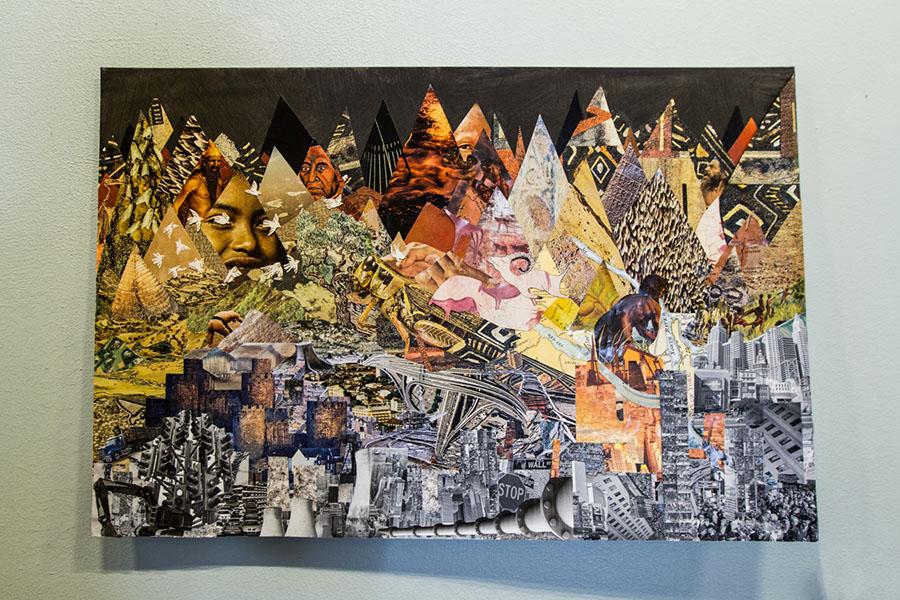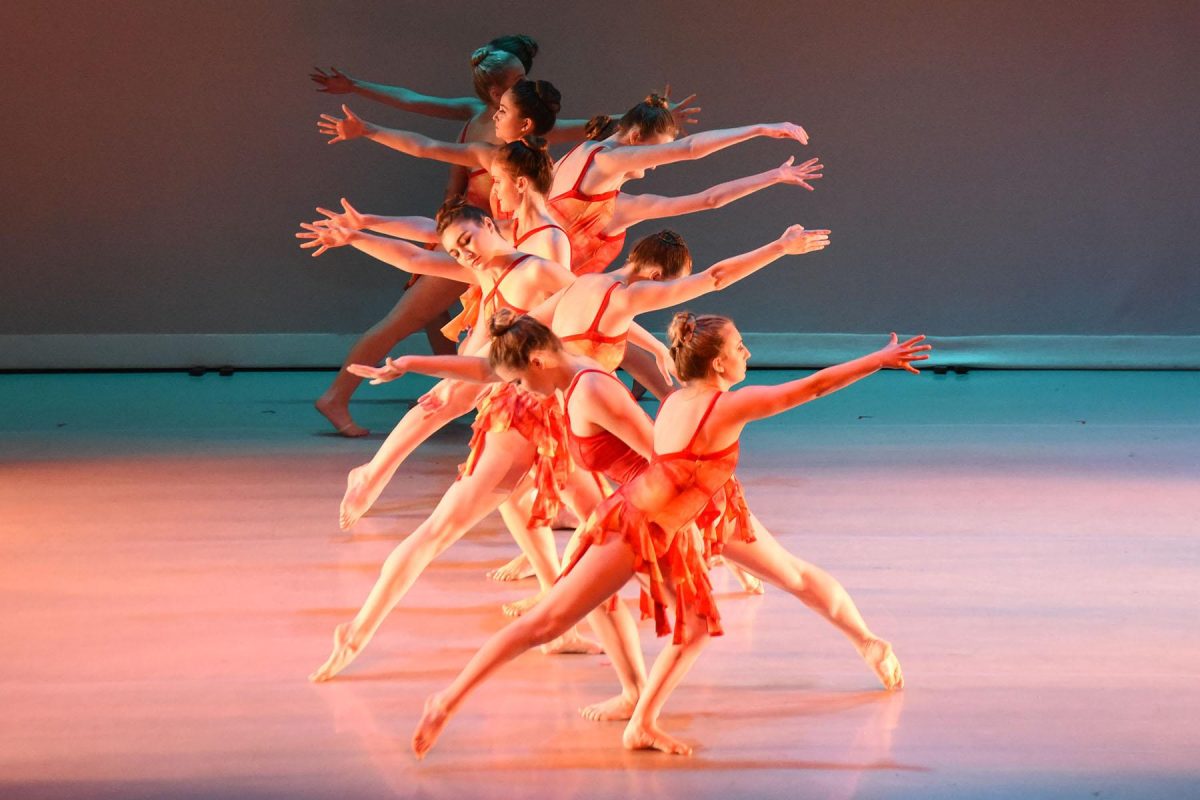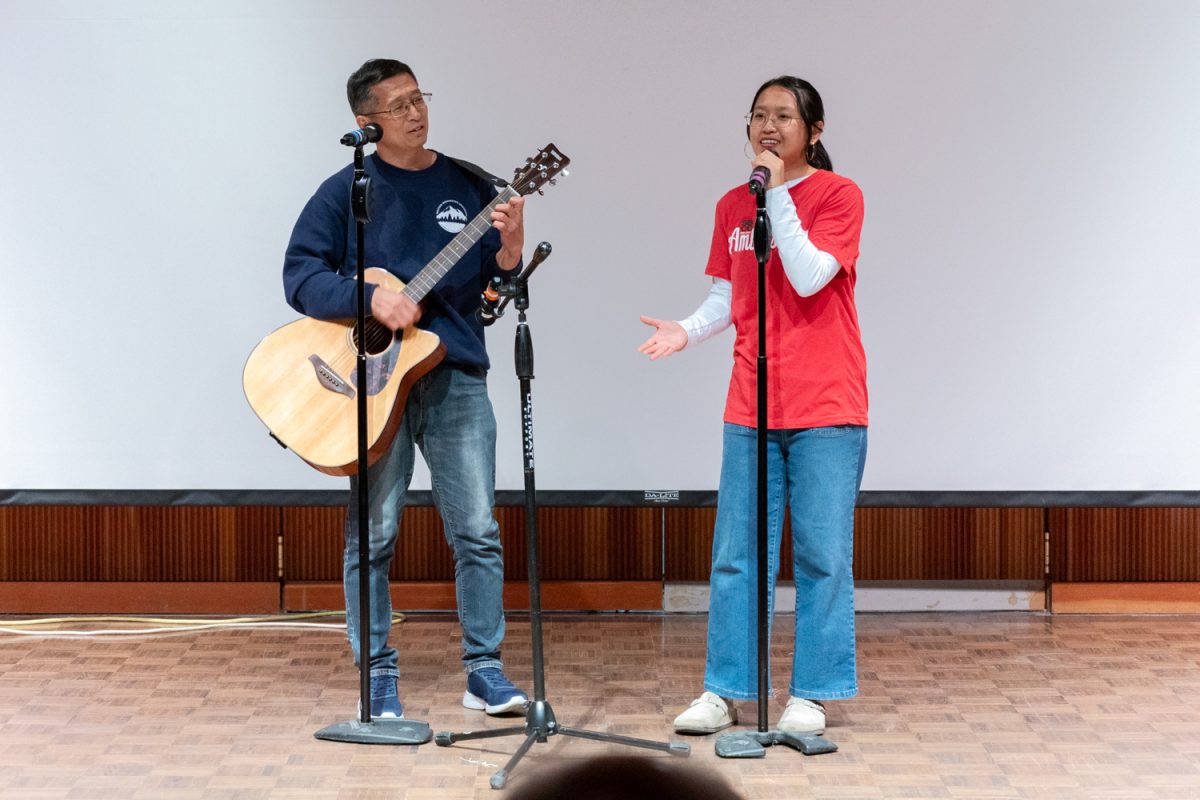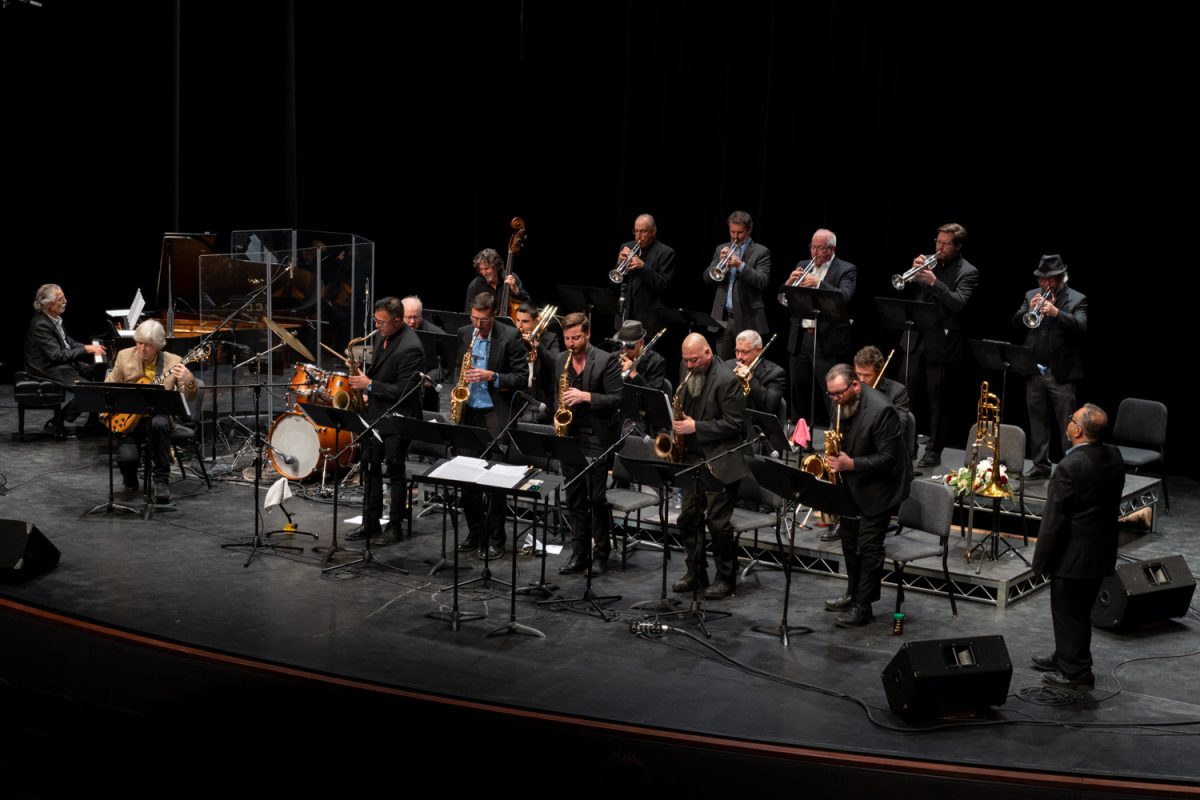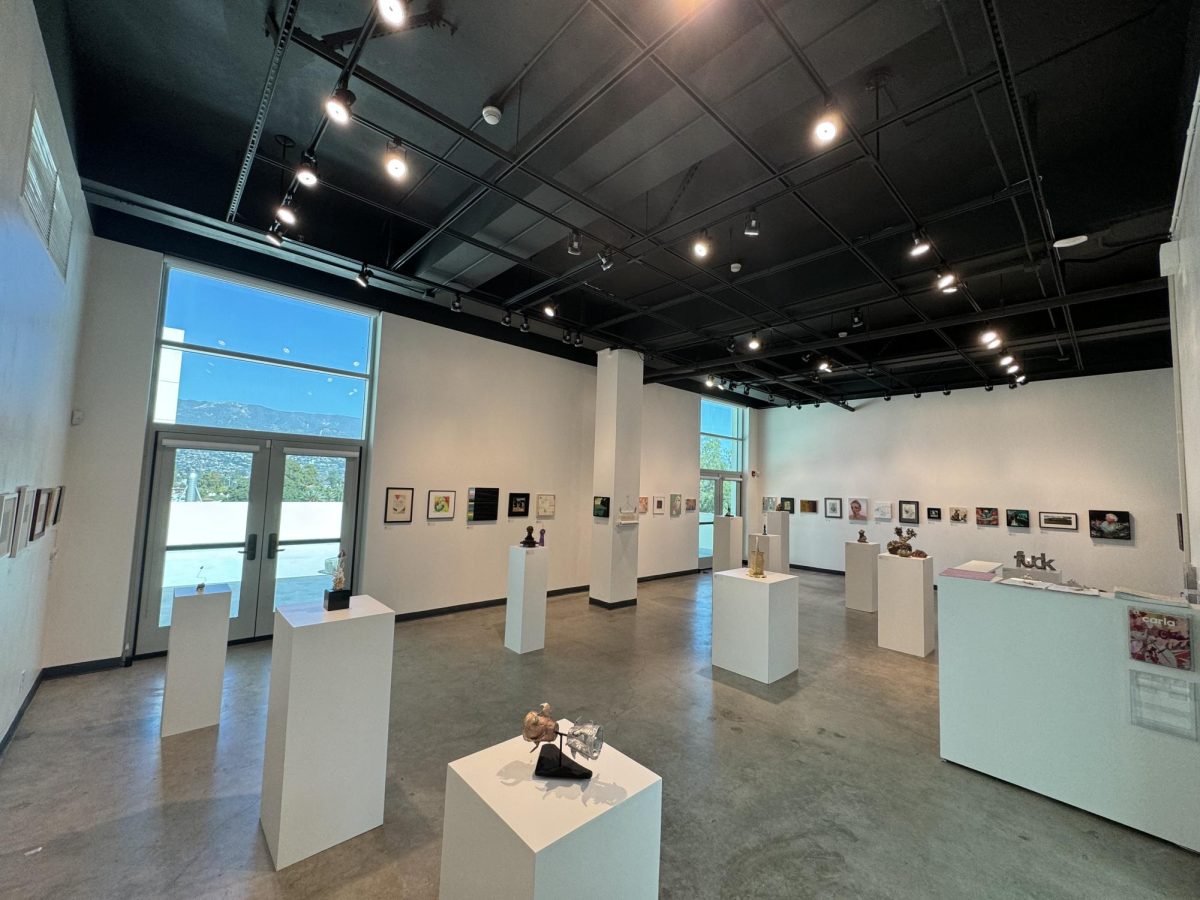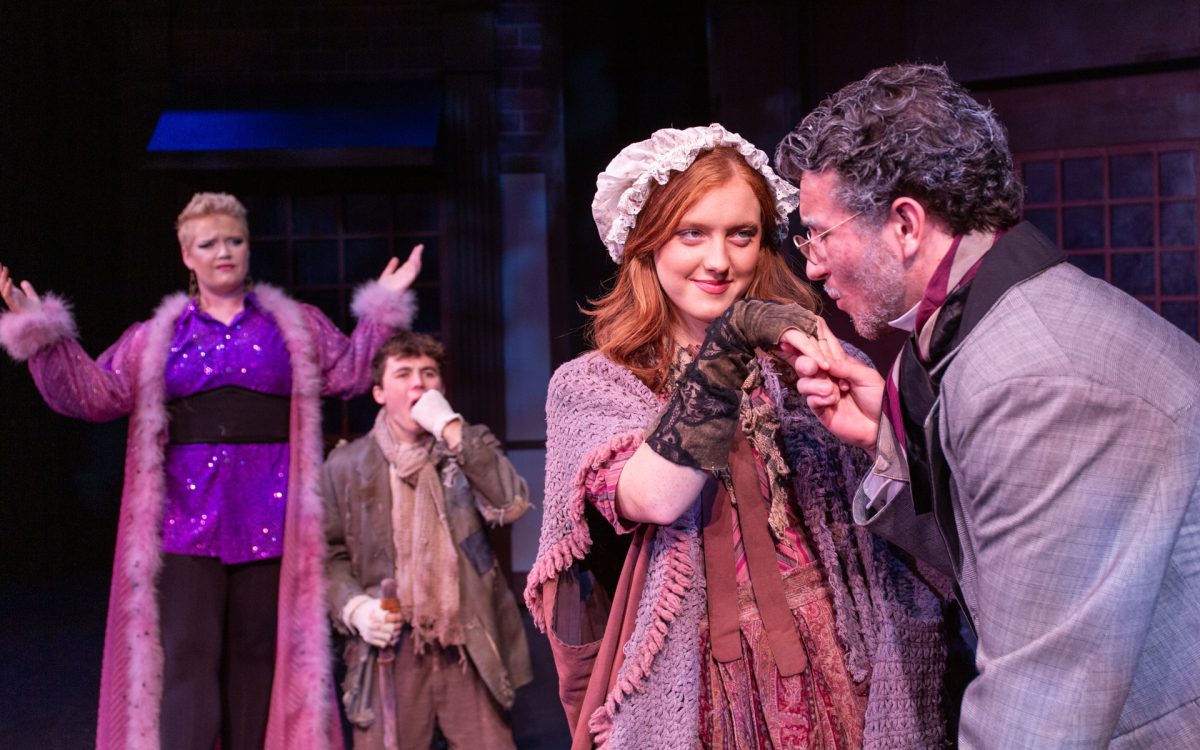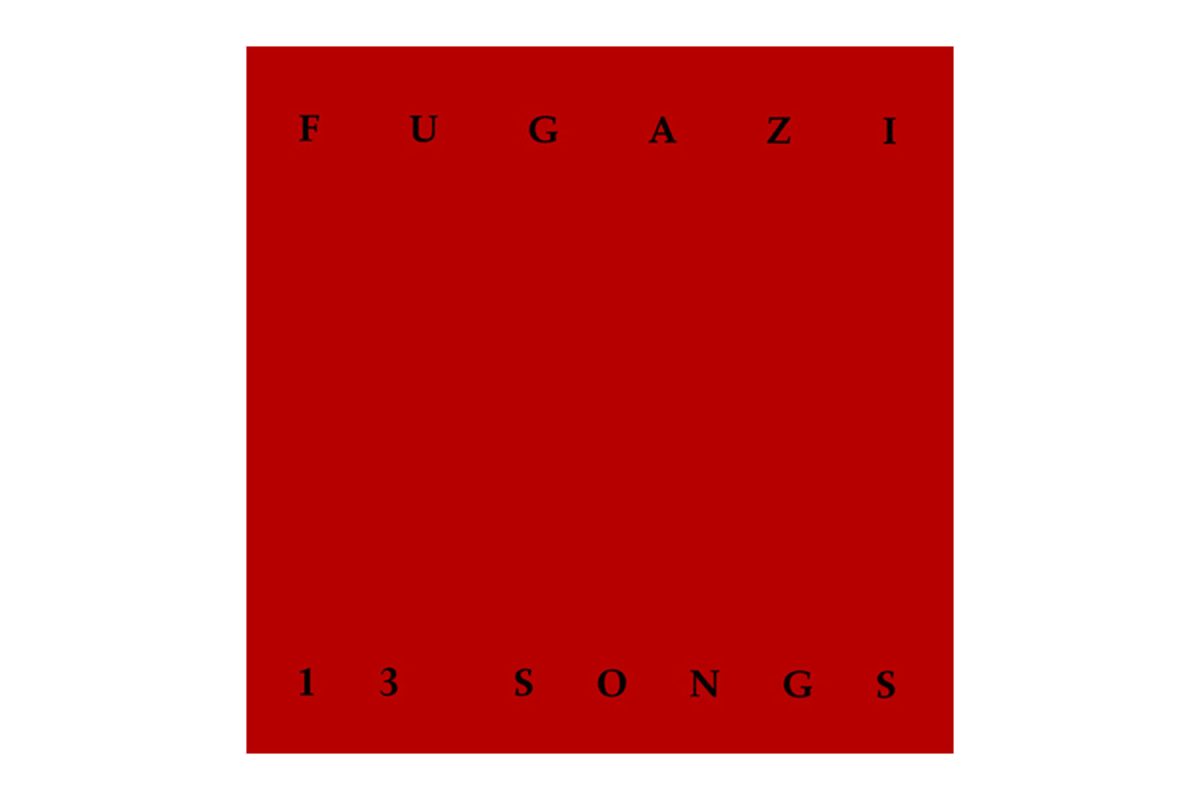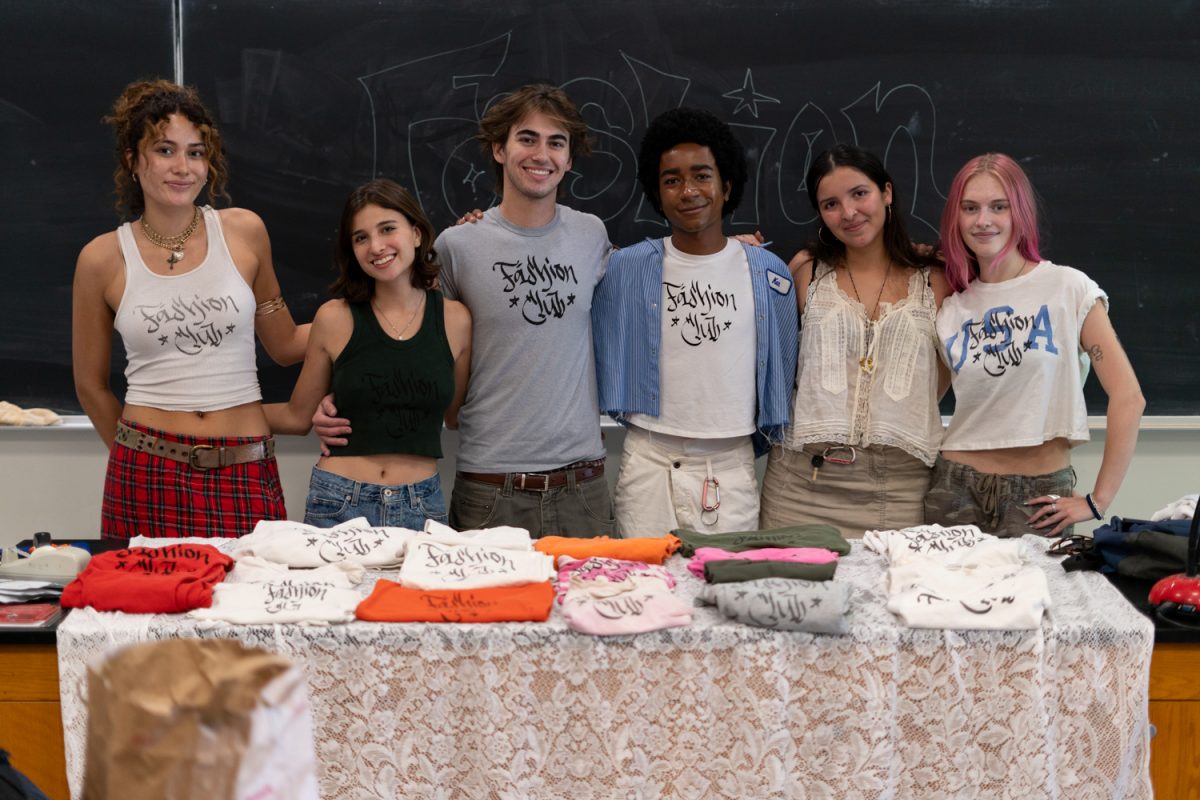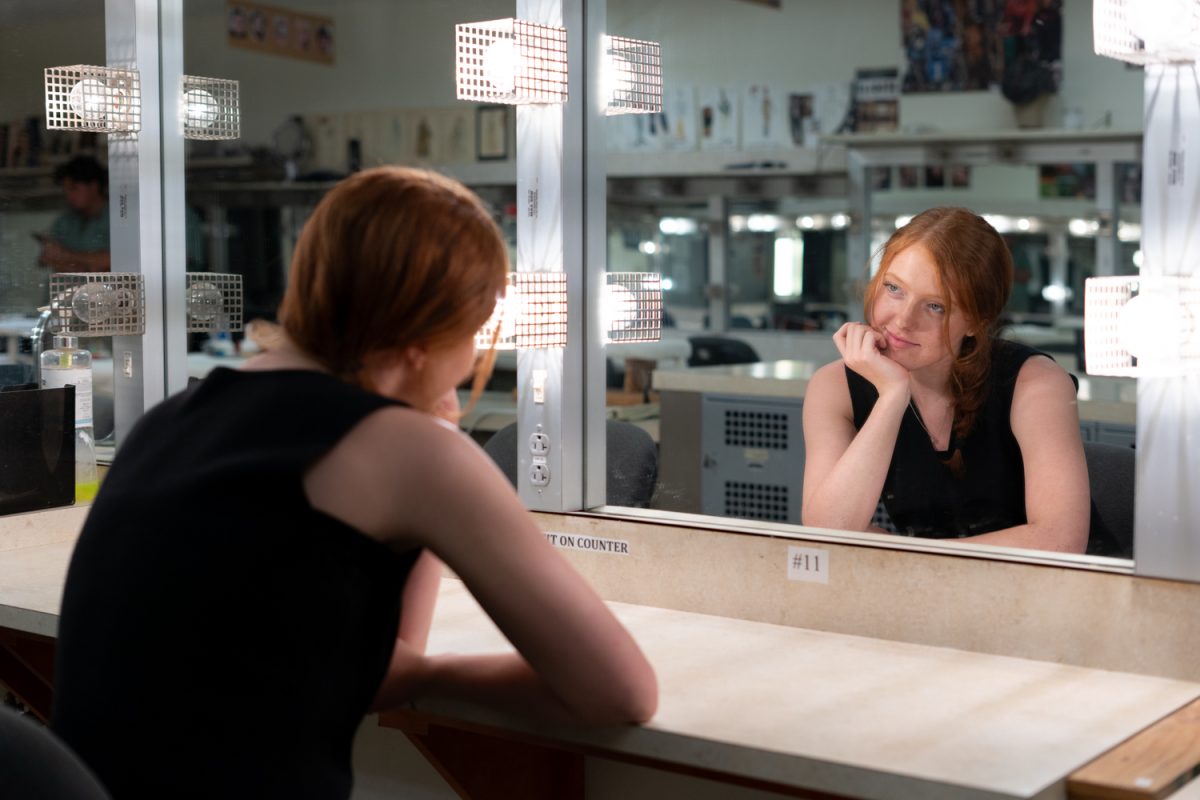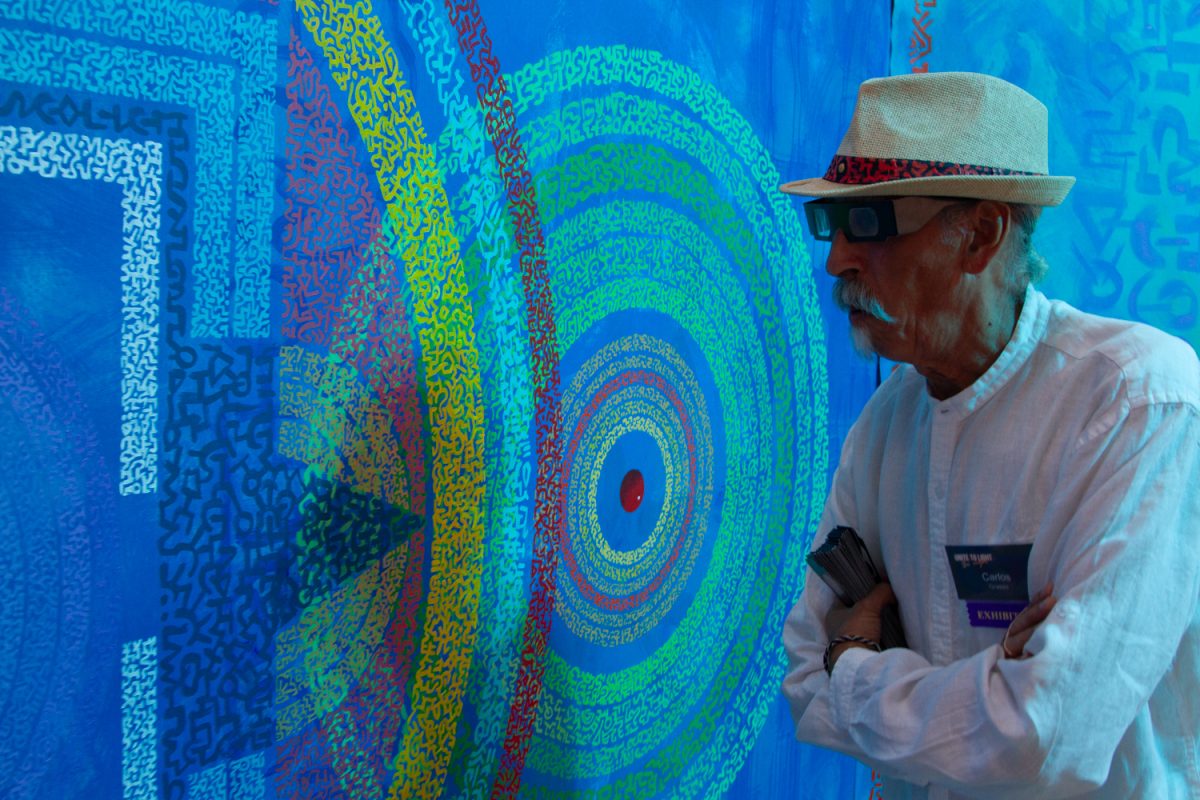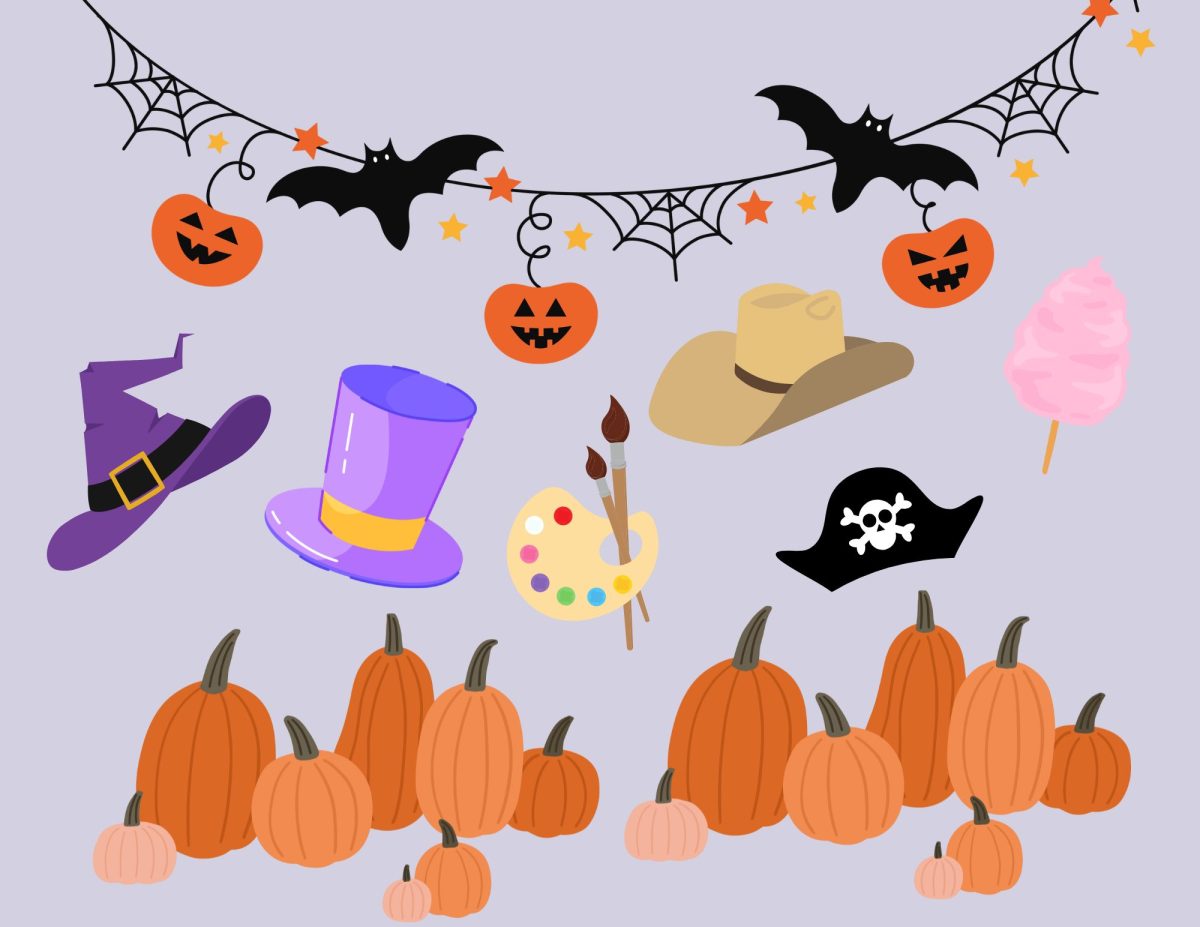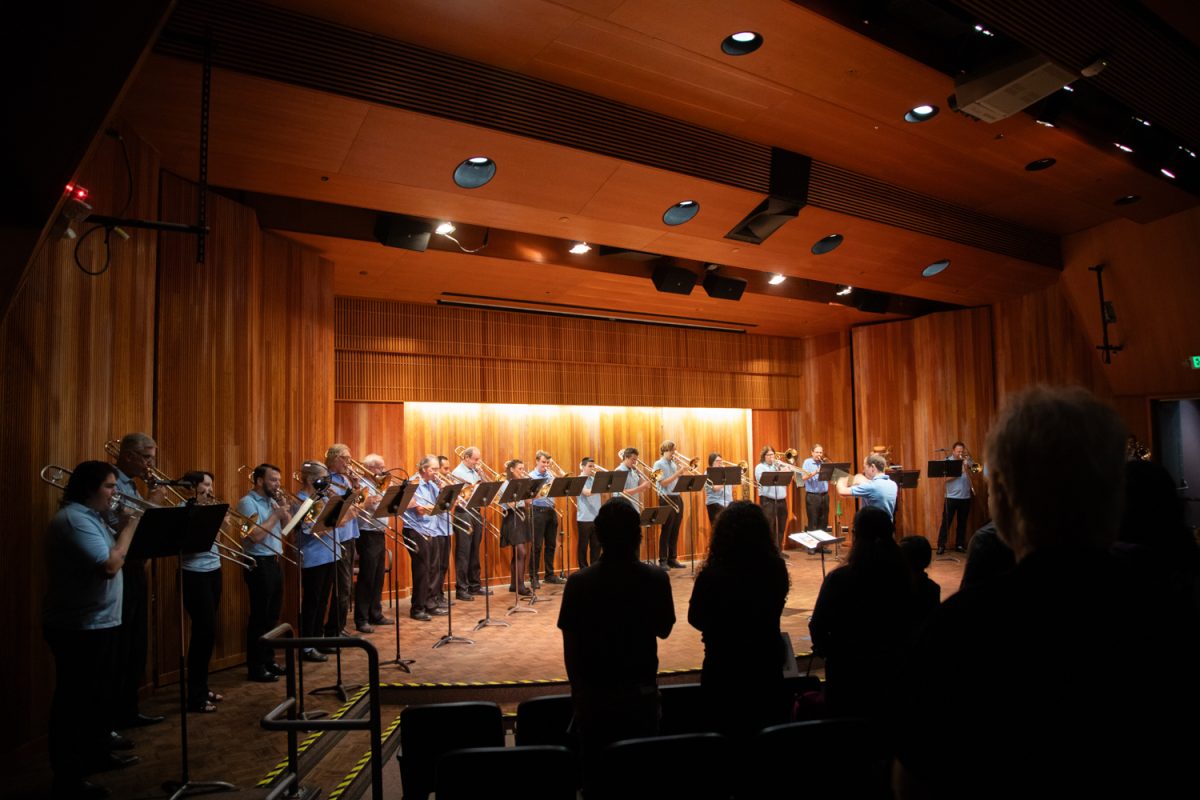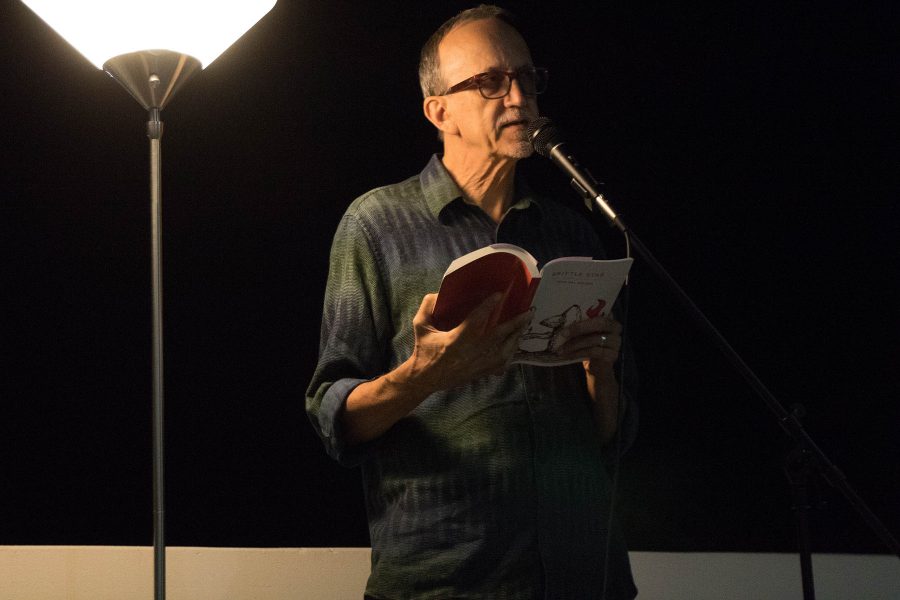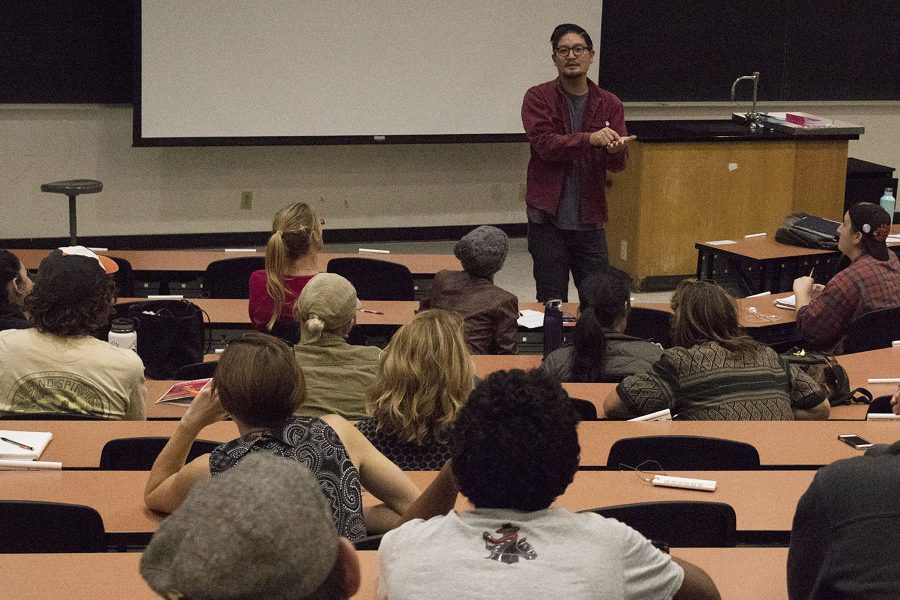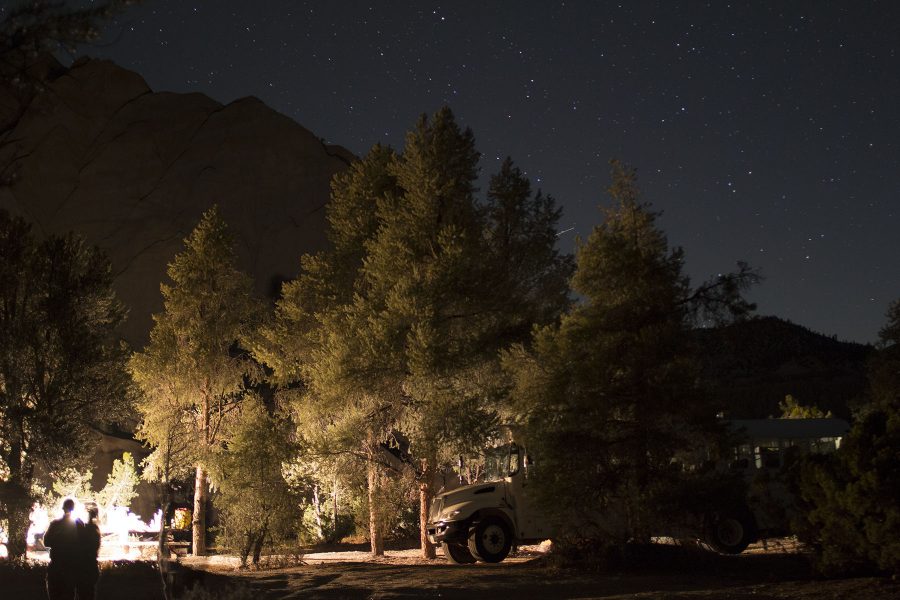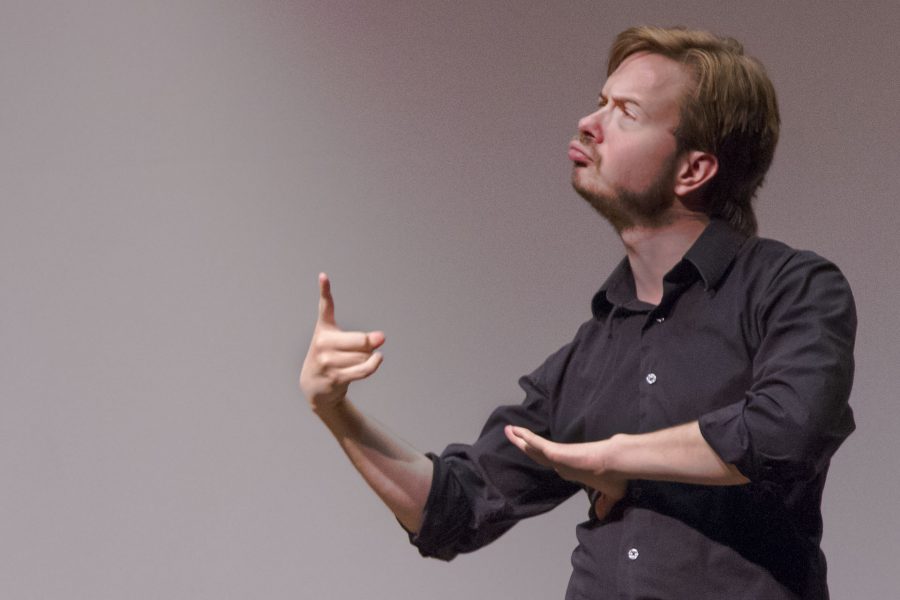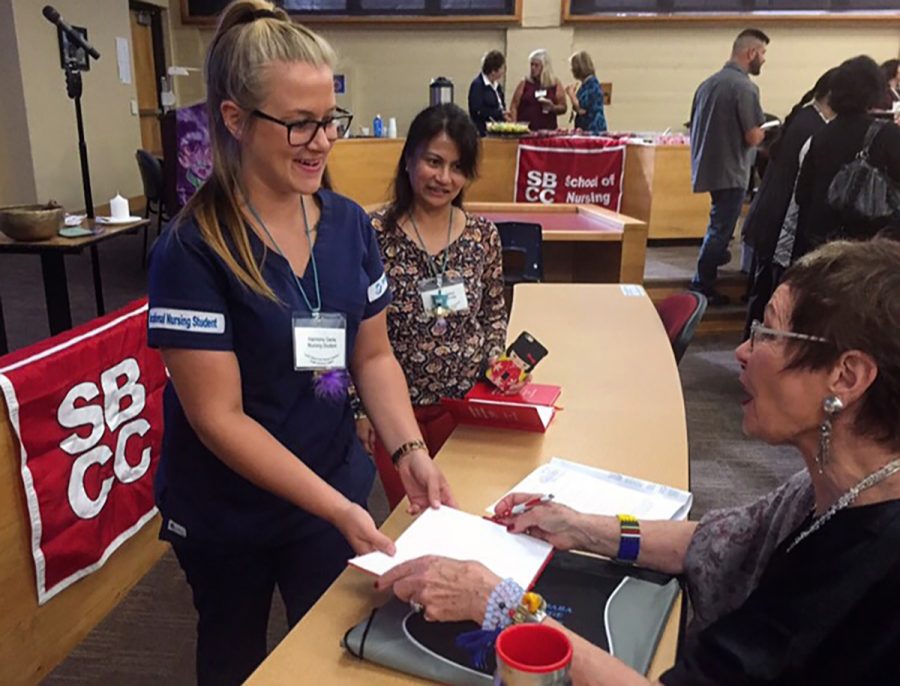Collaged images overlay themselves into a new reality, representing nature and technology.
The Atkinson Gallery Annex is currently displaying a new exhibit featuring the work of City College artists.
Michelle Murchinson’s collaged artwork, “How Technology Has Shaped the Landscape” is a gouache, ink and paper-produced piece that transports the viewer into a space of dreamlike and natural qualities.
What seem to be magazine cutouts and old photos work together to cohesively create an elaborate collage.
Ani Harbottle’s two pieces were displayed in the exhibit. The acrylic painter creates organic shapes that spin’s the viewer’s mind into an experimental environment of nostalgic imagery.
“Protoplani” and “Turbine” are both created using acrylic paint and wood. What looks like slime is seen in bright shades of pastel colors as strange forms illuminate the canvas.
Atkinson Gallery intern, Ryan Peters curated the exhibit to represent the relationship between the natural world and the technological world and how “this may create harmony, discord, or something in between,” said Peter’s in the exhibition press release.
The Annex, held in the John Dunn Dining Room partners with the gallery to hold another space where student artwork can be displayed and appreciated.
Ben Eckert’s tiny wire configurations can also be seen in the exhibit. On mineral gray-spray painted debris, Eckert’s hot pink bent wires stands out on a platform of its own.
The titled piece, “20140929” is made from wire, Masonite and debris— and priced at $100.
A total of nine pieces were displayed in this exhibit that offered the artists’ interpretations of combining nature and technology and their individual perspectives of the relationship they share.
In a six-paneled woodcut series, artist Byron Blanco interprets his vision of the two polar opposite worlds. His piece, “Advertising Enters the Forest” includes drawings of rabbits watching television—being shown advertisements that seem to creep deeper and deeper into the minds of the animals and entering them into the exciting sphere of technology.
Journey Coward took an interesting approach with his piece of art. In an acrylic, canvas and wood piece, Coward’s piece, “Mastermind” incorporates the world of Mario from the classic “Super Mario Bros” video games.
In a piece created by Yanely Delgado, a fine-grained, translucent form of gypsum— known as alabaster, is used to create a symbolic representation of mending nature and technology into one world. What looks like pencil carved on mineral rocks might be a pathway to something in the digital age. Yet, the Alabaster centers one back into the natural world.
The fusion of nature and technology was well executed in the Annex exhibit— although having a few more pieces would have added to the space in the dining room and the overall theme.
The exhibition will be open until Dec. 12, inside the John Dunn Dining Room.


